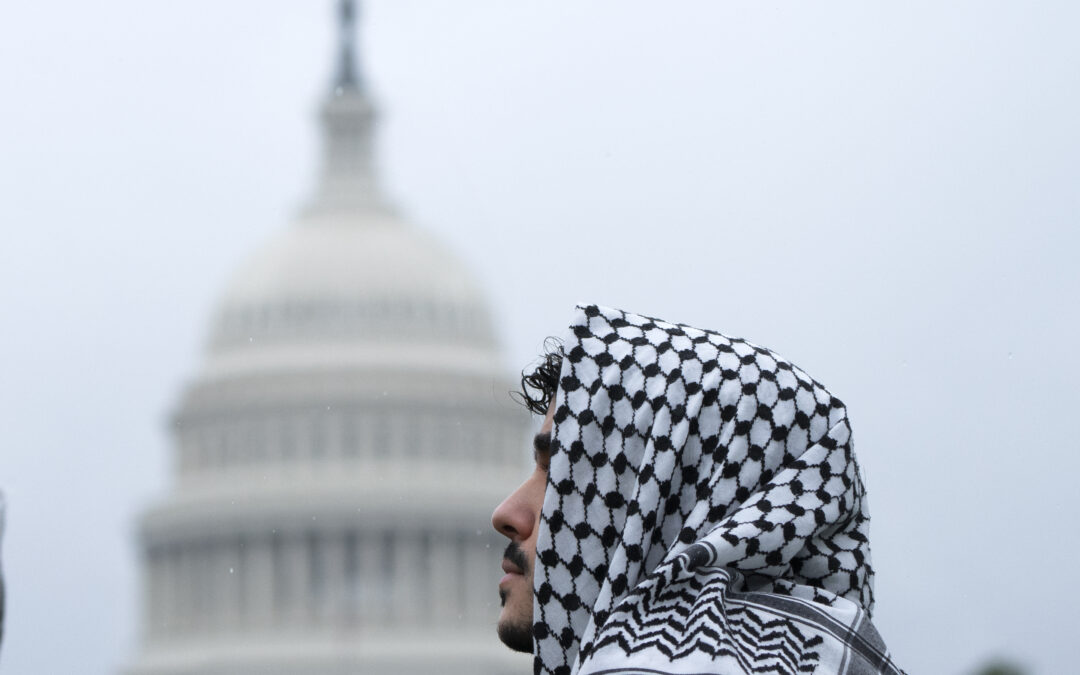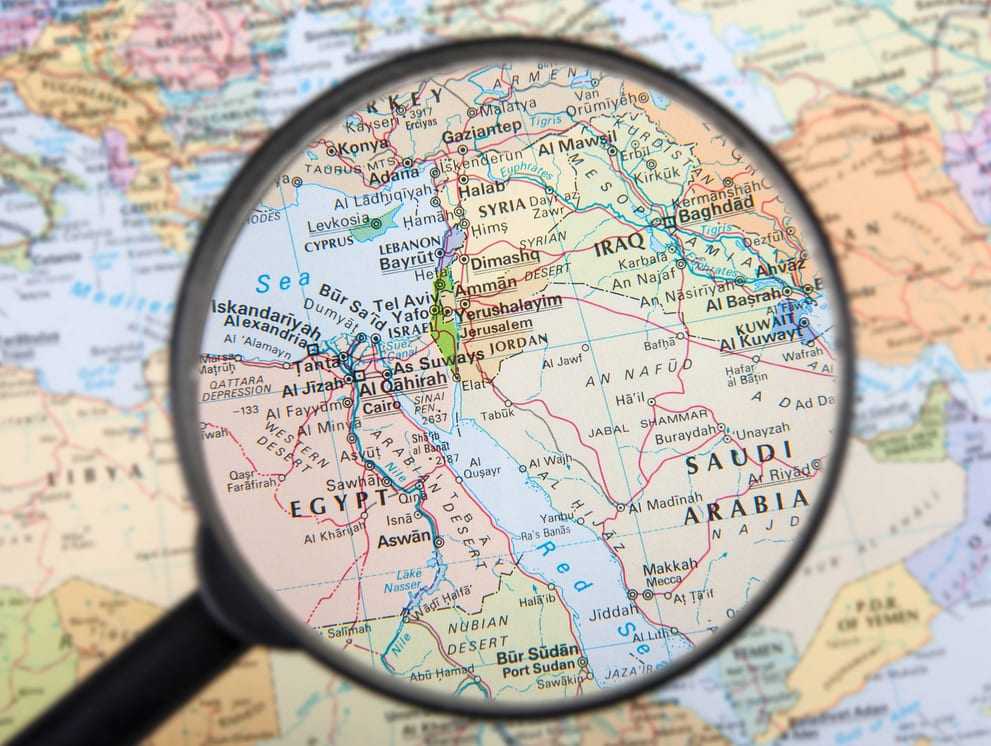By ASHRAF KHALIL Associated Press WASHINGTON (AP) — Hundreds of protesters rallied within sight of the U.S. Capitol, chanting...

Global News Through a Greek Lens
Global News Through a Greek Lens


By Dr Nasreen Akhtar, Pak Observer
THE Middle East region has always been significant for the global powers owing to its natural resources and geographical location.
Since 1940s, Middle East has become hub for the major powers and they invested in this region to gain their self-defined geostrategic interests and played astutely to legitimise their strategic interest. During Cold War, two superpowers, USSR-USA, supported their allies and ignored implications, however, both USSR and US failed to resolve interstate conflicts to retain their dominance and imperialism beyond their peripheries.
Middle East is an old conflict zone and the dynamics of conflict are known as; Arab Israel rivalry and Iran- Saudi ‘ideological’ conflict. Theoretically speaking, every conflict zone is critical for the global powers because they need new markets to introduce their technology and new security policies to undermine their rivals. Middle East is a potential zone. End of the cold war has imbalanced the international system, now new powers are emerging, mainly China, which may upset the US dominance over world politics, whereas, resurgence of Russia would challenge the US supremacy from Asia to Middle East. In late 1940s, two major alliances were formed by the USSR and US.
The objective of these two alliances was to support their allies to contain each other. Warsaw Pact ended with the collapse of Soviet Union, therefore, NATO has emerged and strengthened after the disintegration of Soviet Union.
United States, formally, intervened in the Middle East’s politics during the Second World War, the US troops were deployed in Iran to protect Iran and to help the Soviet Union. Until the dismissal of the Shah of Iran, Raza Shah Pahlvi, the US Administrations consolidated relationship with Iran. Iranian revolution of 1979, changed the nature of regional politics and posed great threat to the US interests in the Middle East.
The US Presidents, Kennedy to Obama, floated different Iran specific ‘doctrines’ for peace and stability in the region, but Iran’s quest for nuclear weapon, intervention in regional conflicts (Syria-Yemen) and its bold policy against Israel is disturbing the American policy makers. President Trump who is known as ‘ petulant’ due to his unpredictable behaviour, has decided to form ‘Middle East Strategic Alliance (MESA), many scholars say this regional alliance is a replica of NATO vis-à-vis Middle East. But, this regional alliance seems has one point agenda that is to stop Iran to influence the regional politics. Iran’s expansionist policy beyond its border can pose serious security threat to the other regional states. The concept for the regional security alliance was negotiated in May 2017 at Riadh during President Trump’s visit to Saudi Arabia, where he interacted with “more than 50 Islamic leaders “. The Riadh Declaration proclaimed the aim to form MESA in Riadh. In 2018, the names of member States were announced. MESA includes members of Gulf Cooperation Council along with Egypt, Jordon and Saudi Arabia. Currently, the US Secretary of State, Mike Pompeo, has taken solo flight to the Middle East and convincing the member states of MESA that “ we would use diplomacy and work with our partners to expel every last Iranian boot “ from Syria to bring peace and stability to the long-suffering Syrian people’. Pompeo has revealed US strategy in Middle East that “the US is a force for good in the Middle East”.
Ostensibly seems that MESA’s core objective is to bring peace in Middle East and to protect its allies. This “new beginning” in Middle East by President Trump is enough to convince the all members because it provides them security against their powerful regional and archival rival-Iran. Secretary of the State is more open to criticize Iran. In Cairo, he said “Iran is common enemy”,the students of international relations and politics know that NATO was established in Europe to contain the Soviet Union, but practically, Soviet Union was defeated in Afghanistan by the non-NATO forces in South Asia. MESA is an alliance derived by the US design. That is Middle East region centric.
The Middle East region proved to be a linchpin and quite important region. Russia as well as USA presence and interest in the region is not a clandestine act. US Foreign Policy is focused towards Middle East during Trump era. MESA has identified Iran as a potential threat in Middle East, so the US as the leading actor would provide technology to its allies. Trump’s approach is quite realistic it would encourage the regional states to accumulate weapons. As we know for the ‘collective security’ all states need to be equipped militarily. Every state needs weapon and weapon industries are not in the Middle East, the US would be solicited by the rich and potential members of MESA which would benefit the United States of America. Politically, the US will gain maximum if all the member States of MESA recognize the State of Israel. As far as “Islamic terrorism “ is concerned, it may not be possible to eradicate from Middle East if Iran remains major target, however, terrorism and radicalization would increase since anti-Americanism has already been strengthened in the Muslim world.
All the member states of MESA and the United States should examine the implications of MESA before it is too late. History tells us that states had come on table to negotiate with each other their differences and grievances after 100 years war. Significance of MESA is much for the US but other member States too will get a chance to increase their power and economic strength and Saudi Arabia may emerge as a much powerful polity in the region. But it’s all about the beginning of new cold war which is being waged from the Middle East instead of Europe. The framer and the followers of MESA must understand that alliance would not create mess in the Middle East.
—The writer is freelance columnist based in Islamabad.